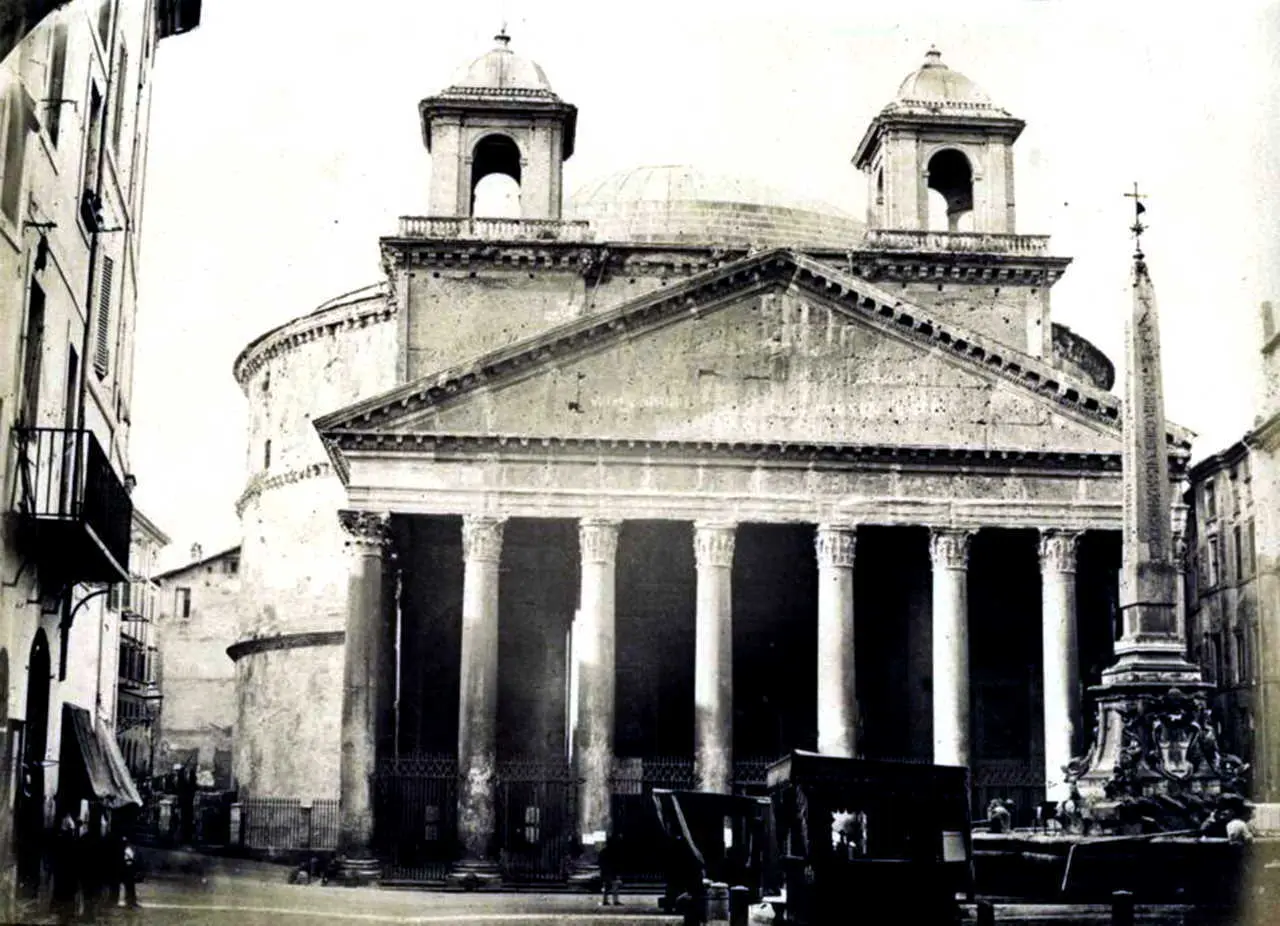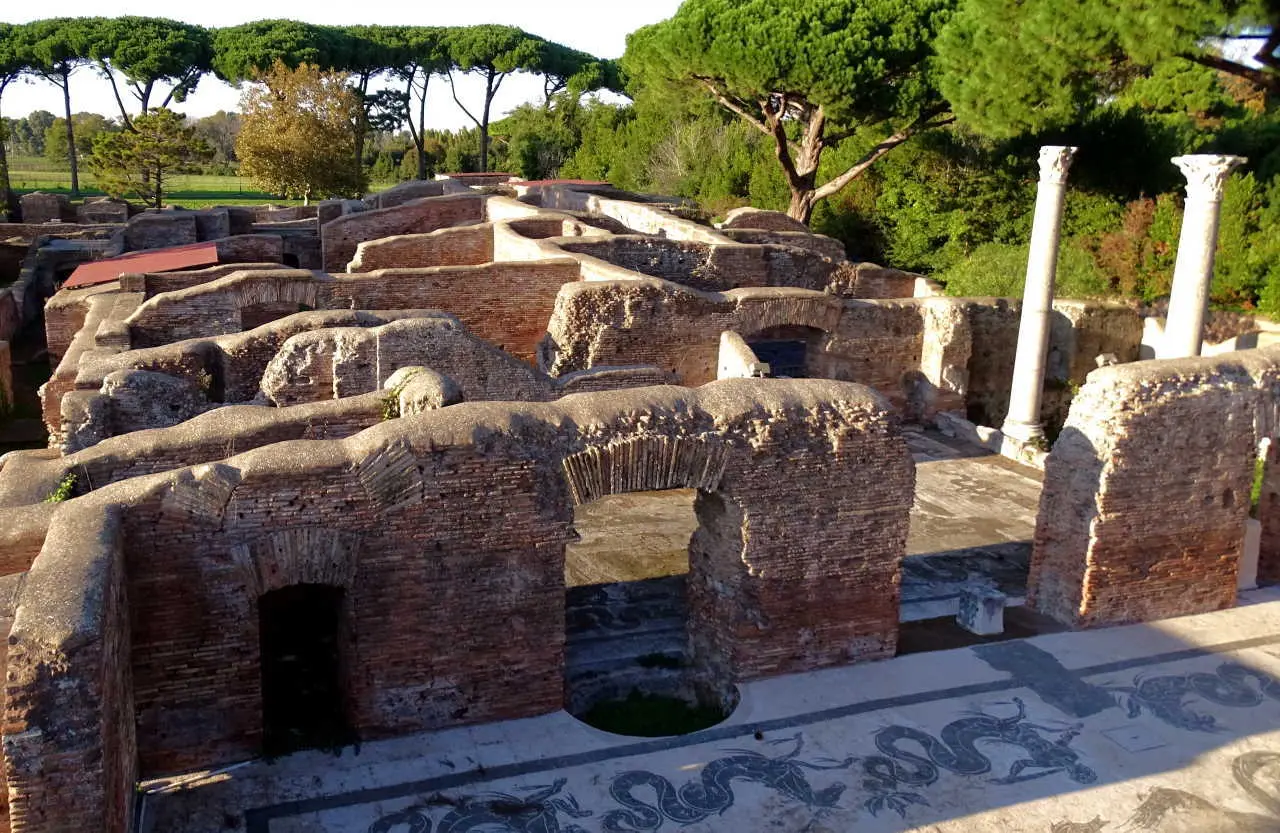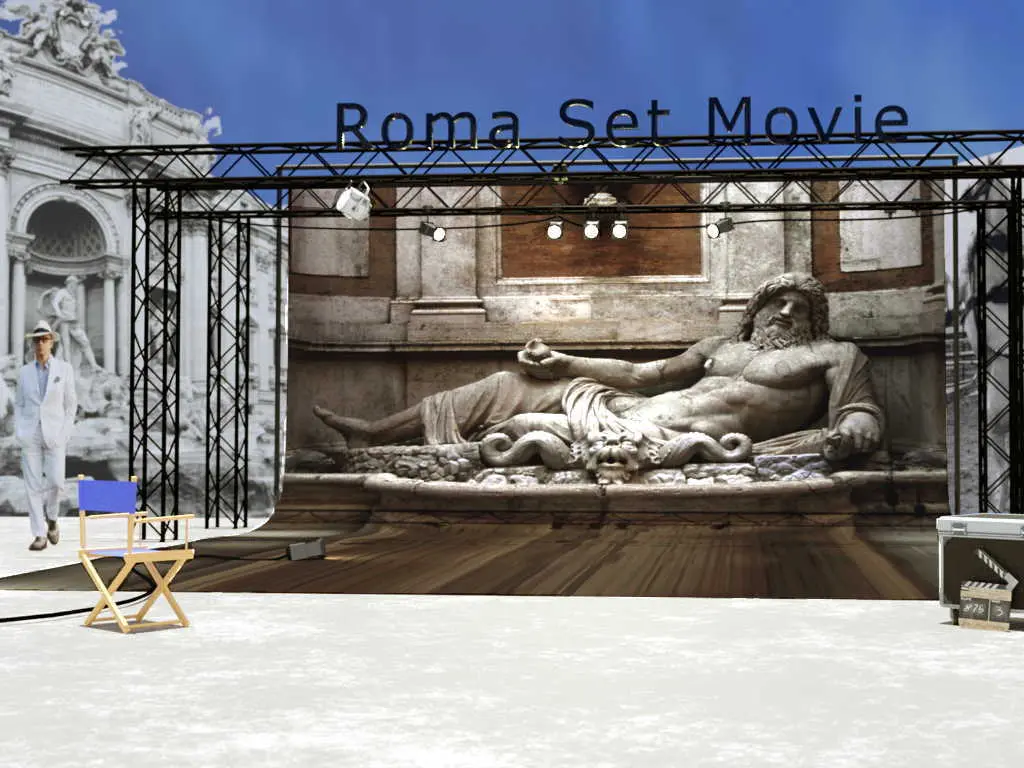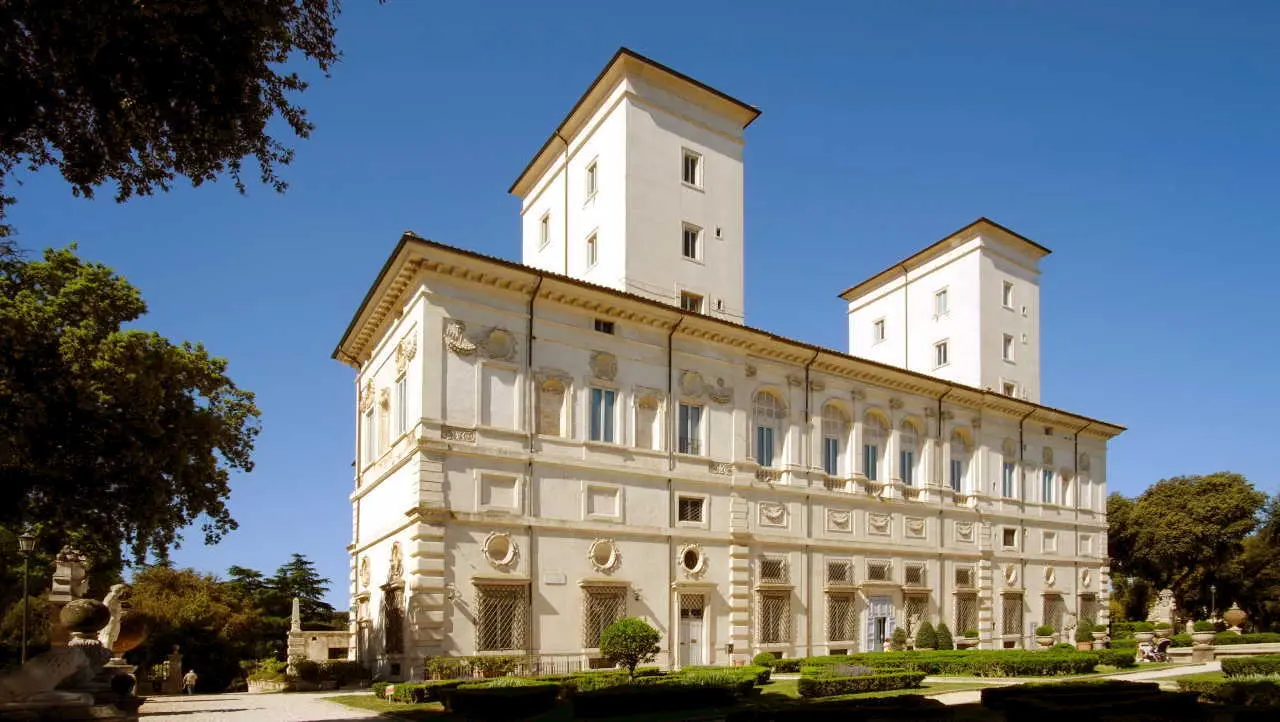Pantheon
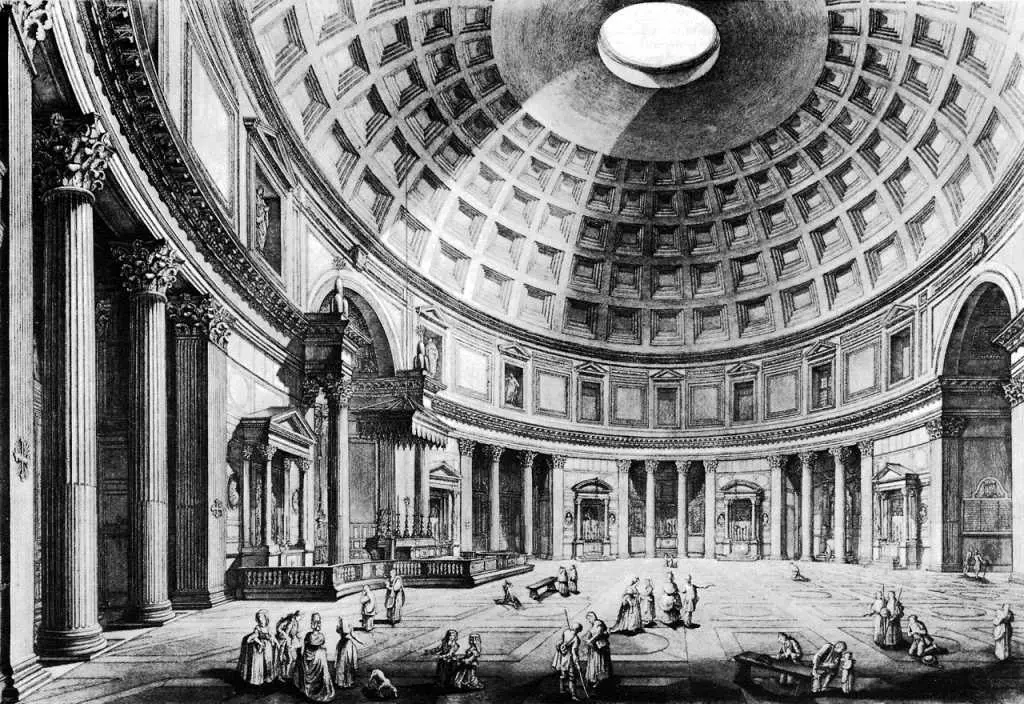
The Pantheon
Great masterpiece of Roman architecture. It is one of the ancient monuments best preserved in the world. We suggest a visit around noon, when the sun enters from the open eye on the top of the dome. Built by Agrippa and then rebuilt by Hadrian in 130 A.D.
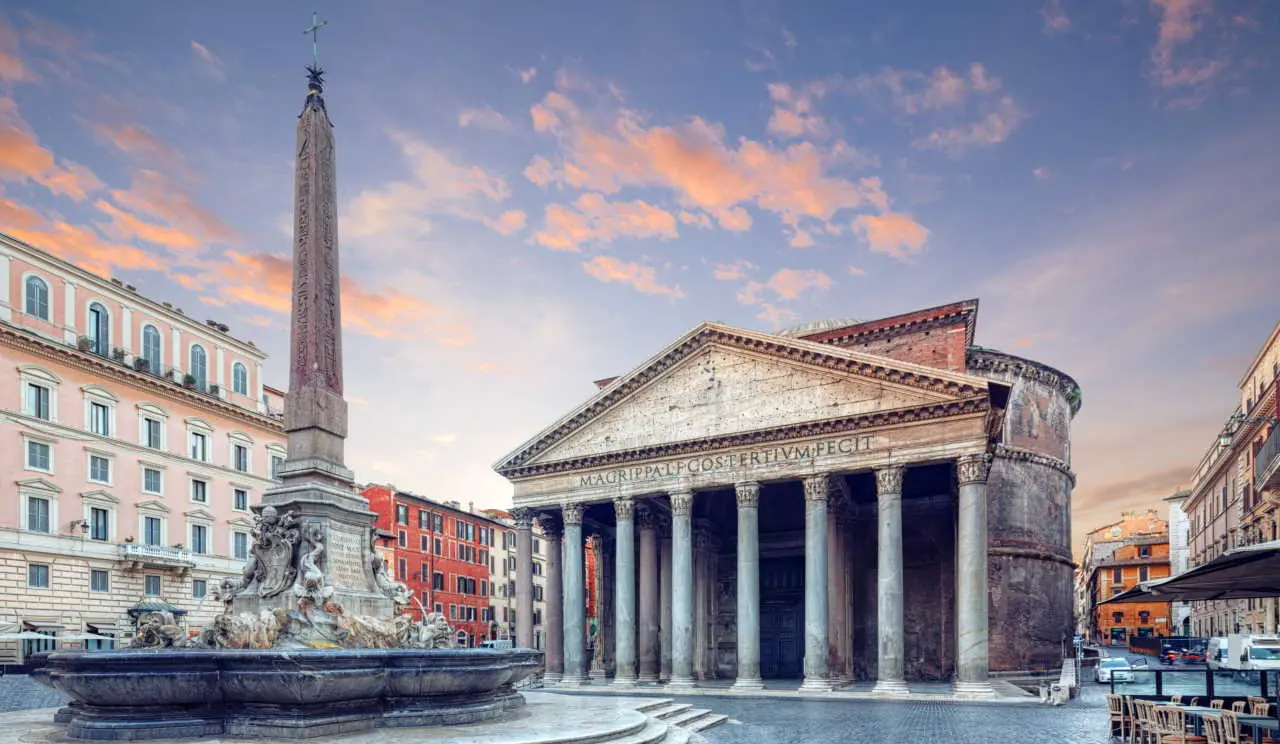
In 27 b.C., Agrippa, son-in-law and architect of Augustus, erected the Pantheon on the site where Romolus according to the legend ascended to Heaven during a ceremony. It was a common temple rectangular in shape, medium size, conceived as a place of worship for various divinities.
Through the years the temple suffered fires and other disasters, it was restaured several times till the final reconstruction by the emperor-architect Hadrian between 118 and 128 A.D.. The pronaos with its sixteen columns, the enlargement of the rotunda and the dome, the largest existing one built in brickwork up to our time, are for sure by Hadrian. Hadrian himself wishing to commemorate Agrippa replaced word for word on the temple’s façade Agrippa’s original inscription: “Marcus Agrippa, son of Lucius, Consul for the tird time, built”.
In 608 the emperor Foca handed it over to Pope Boniface IV who consacreted it as catholic church: Sancta Maria ad Martyres, masterpiece of the Roman architecture and first example of pagan temple transformed into catholic church. The temple stood originally on a base having a high staircase surrounded by a colonnaded portico on a lower level than the modern one. Originally the dome was externally covered by gilt bronze tiles stolen in 663 by the Emperor of East Constant II and later substituted by a lead covering in 735. The same happened to the bronze covering of the porticoes which was removed by the pope Urban VII and used for the casting of cannons and for the baldachin of St.Peter. Not many things were added to the original architecture: the church decorations, the tombs of great artists (Raphael) and those of the Kings of Italy. Bernini added two ugly bell towers called “asses’ears” demolished at the end of the 1800’s.
Inside the Pantheon there are also honorary busts which Pius VII had removed and transported to the Capitole, inside the Gallery (collection of busts of illustrious men) Nowadays the lack of coverings reveals the original brickwork structure with weight and thrust which support the ring. The pronaos hides the cupola from sights till the entrance in the space determined by a sphere which can be inscribed in a cylinder, finished and unfinished together. The floor is covered with polychromatic marbles so as the walls which support the huge cupola culminating in the great eye at the summit, 9mt wide, which illuminated the whole interior and served for the smoke of the sacrifices.
The axes of the building contemplates a small divertion from the traditional north-south direction: every year on the 21st June at 12,00am, summer equinoce, the sun through the eye invests the visitors entering from the main door.
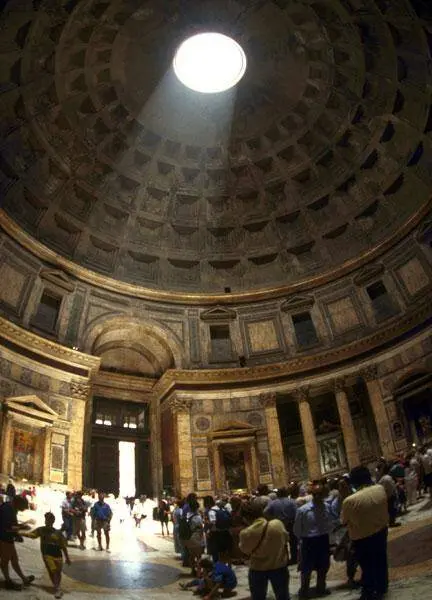
Piazza della Rotonda
Dominated by the Pantheon all around there are buildings of the 1700’s built on the ruins of the ancient portico, market-place till the first half of the 1900’s. At the centre there is a beautiful fountain by della Porta with a small obelisk
This square is right in front of the Pantheon and this grandiose monument characterizes it to such an extent that many Romans don’t know even its name: they call it simply “square of the Pantheon”
In the middle of the square, characterized by the façades of the XVIIIcentury’s palaces which surround it, stands the elegant marble fountain decorated with dolphins and maskarons made in the time of Clement XI, who had it surmounted with an obelisk in 1711. The fountain was projected by Della Porta.
Two curiousities are note worthies: a plaque on the wall of the edifice right in front of the Pantheon which reminds us when the square , in the XVIII century, was cleared from taverns and brothels by the papal authority; another plaque, on the façade of the palace that houses today the hotel “Del Sole”, reminds that the poet Torquato Tasso overnighted here. The English movie director Peter Greenaway chose the square as set for many sequences of his movie ” The Belly of an Architect “.
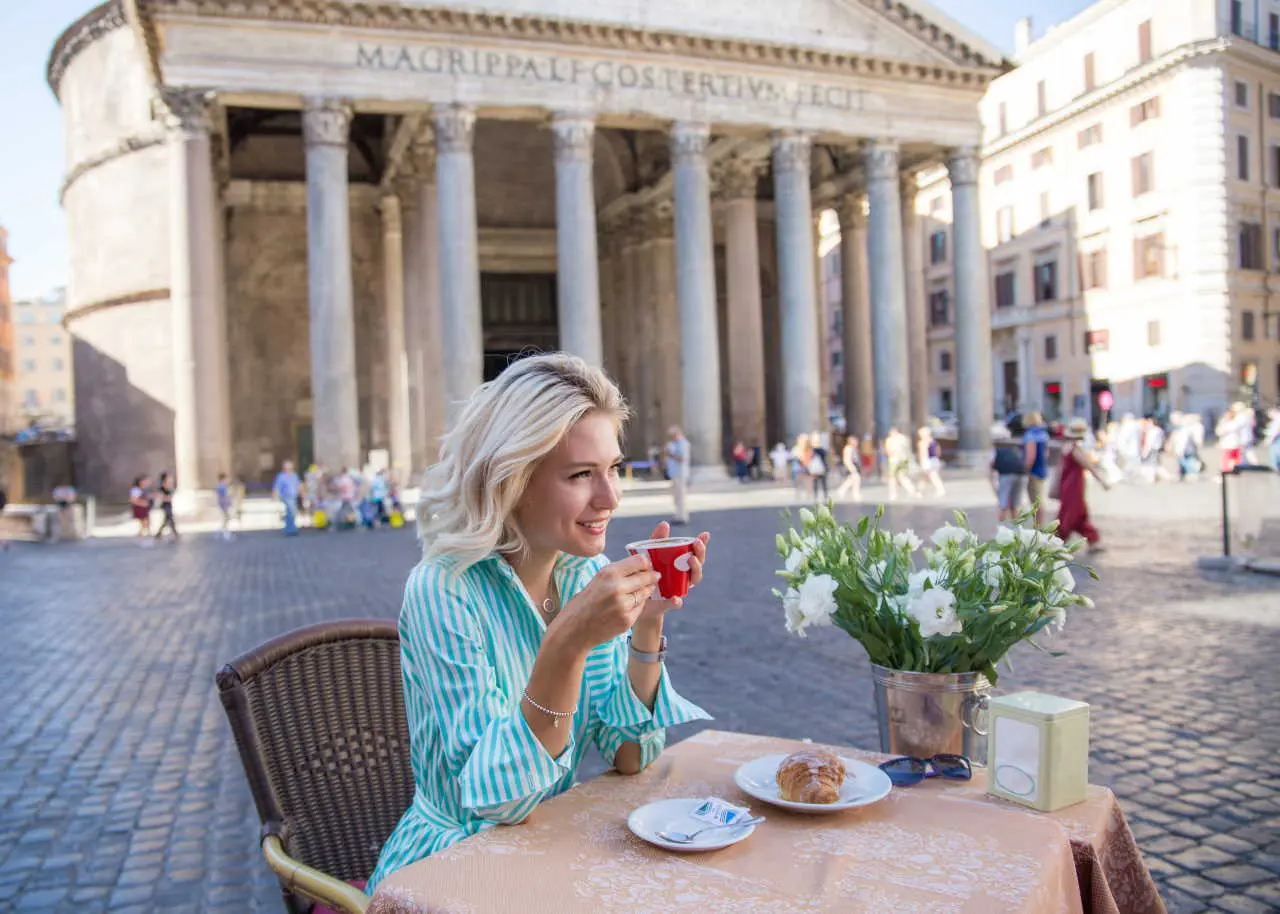
Private Tours of Rome
-
Excavation of Ancient Ostia Private Tour
105,00€ – 329,00€Excavation of Ancient Ostia, join a tour from Rome with a personal Guide and find out how life was during Ancient Rome time!
Ancient Ostia | By Private car | Private Guide | 4 hours
Add to Cart This product has multiple variants. The options may be chosen on the product page -
Cinecitta Studios and Rome City Tour
61,00€ – 156,00€4 hours at the discovery of Cinecittà, the Factory of Dreams made in Italy, and city tour of the monuments of Rome, that inspired the great Kolossal!
Rome | Private Walking Tour | Transfer | Cinecittà | 4 ore
Add to Cart This product has multiple variants. The options may be chosen on the product page -
Tour of the Borghese Gallery and Gardens – Private Tour
65,00€ – 352,00€Borghese Gallery & Gardens Private Tour, an unforgettable visit to one of the most prestigious collection of art in Rome, run by selected Art History Guides
Rome | Walking Tour | Private Guide | 3 hrs.
Add to Cart This product has multiple variants. The options may be chosen on the product page
